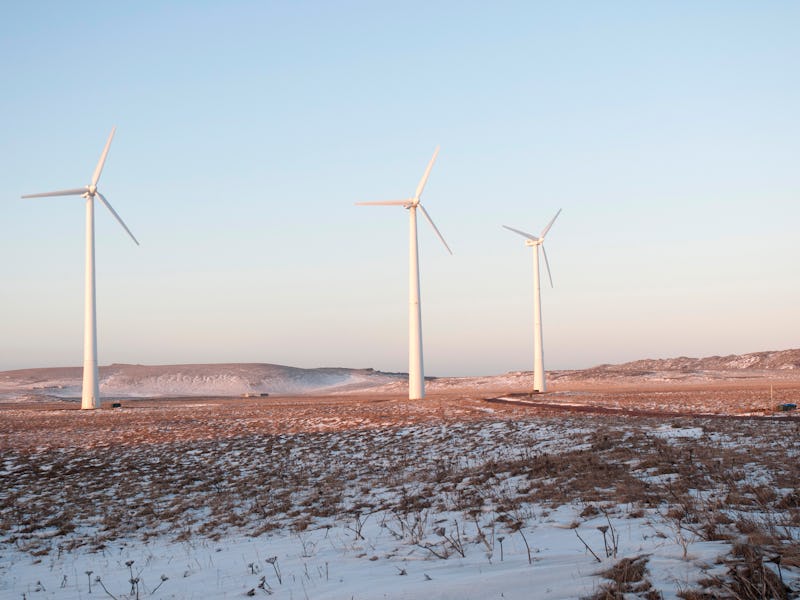Wild, Vast Alaska is Perfect Blueprint for Energy Future Without the Grid
The least micro state turns to microgrids.

The wilderness is never very far away in Alaska, and the next scrap of civilization can be hundreds of miles away. Bush planes and coastal ferries are the only ways to get to some of the tundra’s most isolated communities, and no less than the city of Juneau is the country’s only state capital it’s not possible to drive to.
You can’t power a land like that in the same way the massive, interconnected grid serves the contiguous United States. Instead, as the latest issue of the Journal of Renewable and Sustainable Energy explores, Alaskan communities typically rely on microgrids, offering a preview of how the rest of the world could build an autonomous, decentralized energy infrastructure better equipped to weather catastrophe.
Not that Alaska has solved all the challenges before it. Erin Whitney — a researcher at the Alaska Center for Energy and Power at the University of Alaska Fairbanks — explored how the state’s unforgiving geography can create ridiculous energy costs, which has been the big driving force for villages and towns to look into generating their own power without having to rely on the outside world.
“Some communities are so remote that they can only get fuel delivered once or twice a year when the ice melts and a barge can move up the river,” Whitney said in a statement. “This situation translates into some of the highest energy costs in the nation.”
The general shift toward renewable energy has touched Alaska as well, though there’s an obvious challenge for towns above the Arctic Circle who want to use solar power: The sun might shine all summer, but months of near total darkness makes solar a hard resource to rely on. The answer is to alternate which renewables the communities draw on: solar in the summer, then wind in the winter.
“The integration of renewable resources into microgrids is an active area of research,” said Whitney. “Alaskan communities are at the forefront of thinking about integrating sustainable, local, and often renewable, energy into their power generation portfolios.”
While Alaska’s vast distances and wild environment means its residents, especially those living in the most isolated communities, have little choice but to adopt microgrid, Whitney said she hopes all the journal’s newly published research can help those elsewhere think about what such autonomous energy sources can provide — even if it’s as a complement instead of a replacement to the existing grid.
“Alaska is its own place,” Whitney said. “We [would love to share our] expertise with microgrids and data from microgrid systems with communities whether they are in the Arctic or not, and we hope to learn from others experience as well.”